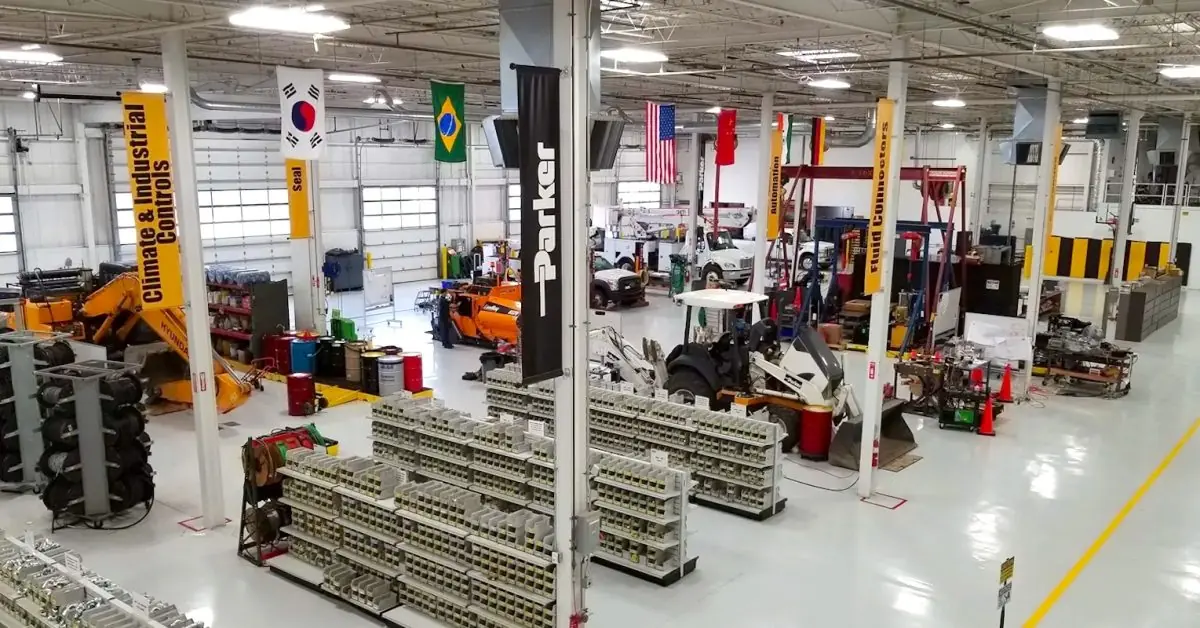In recent years, rescue helicopters have seen significant advancements in technology, transforming how emergency missions are conducted. These innovations, driven by AI, improved communication systems, and enhanced propulsion technologies, are not just speeding up rescue operations but also making them safer and more efficient.
One of the most notable innovations is Sikorsky’s X2 technology, which equips helicopters with the ability to fly faster and lower than conventional models. This capability, combined with AI assistance, helps prevent accidents and reduces pilot workload, especially in challenging weather conditions or complex terrain. X2 technology also integrates multiple sensors, providing spatial awareness that aids in navigating through restricted airspaces and optimizing fuel usage. Moreover, its open system architecture allows for easier upgrades and maintenance, ensuring that helicopters stay operational with minimal downtime.
Another key area of innovation is in communication and situational awareness. At Verticon 2025, Globalsys showcased AI-driven headsets and advanced wireless technology to enhance pilot concentration and communication efficiency during missions. These wearable technologies, combined with smart cockpit solutions like augmented reality, provide real-time data overlays, thereby improving pilots’ situational awareness and reducing their cognitive load.
In terms of specific rescue missions, helicopters like the Airbus H160 and the Bell 429 are leading the way. The H160 is designed for emergency medical services, offering a spacious cabin that facilitates patient care and transport over long distances. Meanwhile, the Bell 429 is widely used for rescue operations, appreciated for its stable performance even in harsh conditions and its roomy cabin that accommodates critical lifesaving equipment.
Advancements in search and rescue (SAR) technologies are also noteworthy. CENTUM’s next-generation Lifeseeker technology, for example, enhances geolocation capabilities, making it faster and more accurate to locate casualties in challenging terrains without needing elevation maps. This technology supports a wide range of network types, ensuring adaptability across different deployment scenarios.
Looking ahead, these technological advancements will undoubtedly continue to evolve. As AI and automation become more integral to helicopter operations, ethical considerations will arise regarding the role of AI in decision-making during critical missions. Additionally, sustainability will play a crucial role, with eco-friendly materials and energy-efficient propulsion systems gaining prominence to reduce the environmental impact of helicopter operations.
As we move forward, one of the biggest questions is how these technologies will integrate with broader societal needs. For instance, how will they balance efficiency with ethical concerns, especially when AI becomes more autonomous? Understanding these dynamics will be crucial for the future development of rescue helicopter technology.
To delve deeper into these emerging technologies and their impacts on society, check out more insights at Epochedge news and Epochedge technology.










